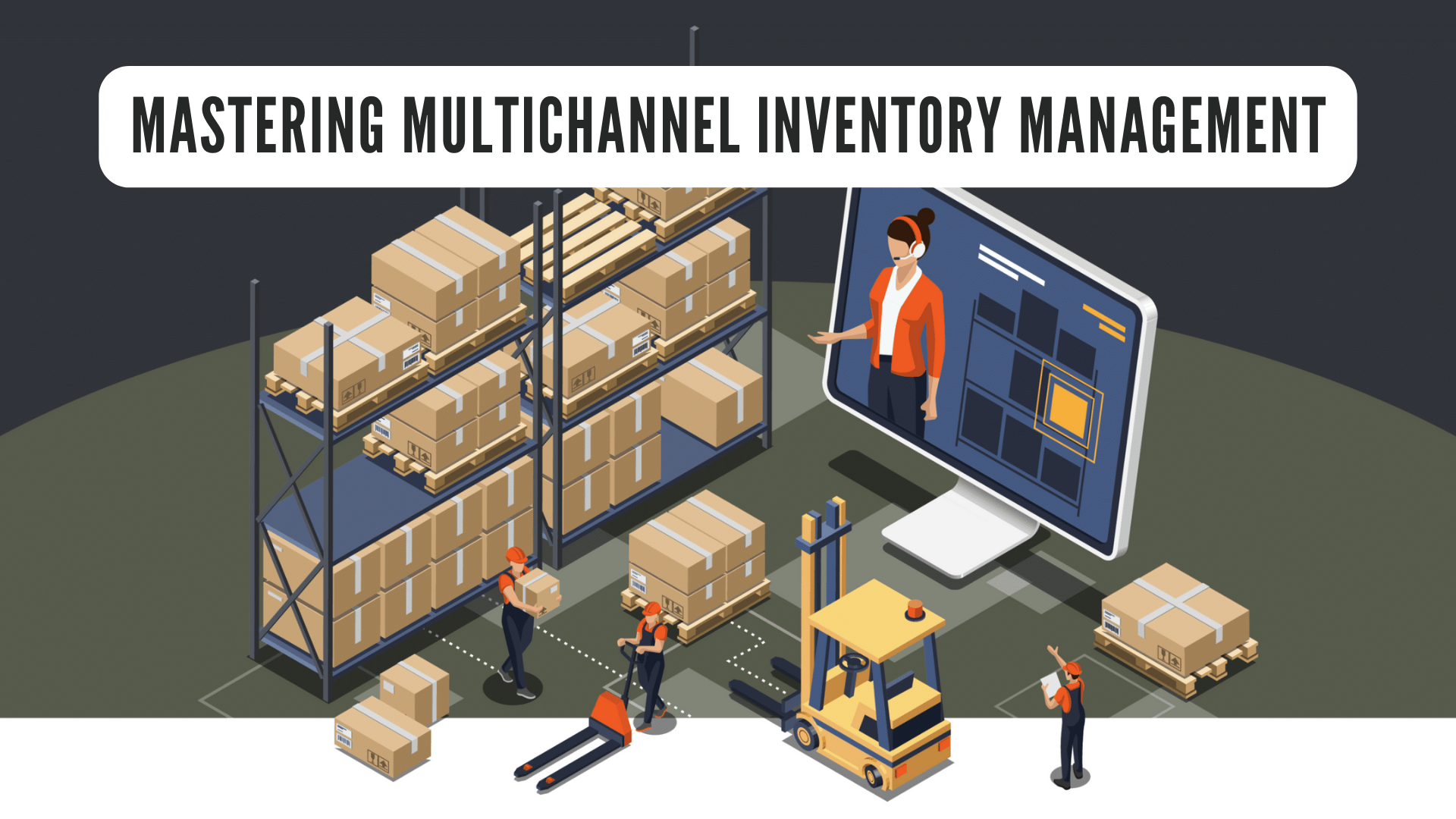Whether you sell through your website, marketplaces like Amazon and eBay, or brick-and-mortar stores, efficient inventory management across all channels is key to optimizing sales, reducing costs, and enhancing customer satisfaction. In this guide, we’ll explore the essentials of mastering multichannel inventory management.
Understanding Multichannel Inventory Management
Multichannel inventory management involves synchronizing and managing inventory across multiple sales channels. It ensures that the right products are available at the right time and in the right quantities across all channels. This requires real-time visibility into inventory levels, accurate tracking of sales and stock movements, and seamless integration between different systems.
Benefits of Multichannel Inventory Management
- Optimized Inventory Levels: By having a centralized view of inventory across all channels, businesses can avoid overstocking or stockouts, leading to better inventory turnover and reduced holding costs.
- Improved Order Fulfillment: With accurate inventory data, businesses can fulfill orders more efficiently, reducing the risk of backorders and delayed shipments.
- Enhanced Customer Experience: Consistent availability of products across channels leads to higher customer satisfaction and loyalty.
- Increased Sales: By expanding to multiple channels and ensuring product availability, businesses can reach a broader audience and capture more sales opportunities.
Strategies for Mastering Multichannel Inventory Management
- Centralize Inventory Management: Invest in an inventory management system that can centralize inventory data from all sales channels. This allows for better visibility and control over stock levels.
- Implement Real-Time Inventory Syncing: Ensure that inventory levels are updated in real-time across all channels to prevent overselling or stockouts.
- Set up Safety Stock Levels: Account for variability in demand and lead times by maintaining safety stock levels. This buffer helps prevent stockouts during unexpected spikes in demand or delays in replenishment.
- Utilize Forecasting and Demand Planning: Leverage historical sales data and market trends to forecast demand accurately. This enables proactive inventory management and helps in making informed decisions about stock levels and replenishment.
- Optimize Order Fulfillment Processes: Streamline order fulfillment processes to minimize lead times and maximize efficiency. This may involve optimizing warehouse layout, implementing pick and pack best practices, and utilizing automation technologies.
- Integrate Sales Channels: Integrate your inventory management system with your e-commerce platform(s), marketplace(s), and point-of-sale system(s) to ensure seamless data flow and avoid manual errors.
- Monitor and Analyze Performance: Regularly monitor key performance metrics such as sell-through rate, inventory turnover, and order accuracy. Use this data to identify areas for improvement and optimize inventory management processes.
Conclusion
Mastering multichannel inventory management is essential for businesses looking to thrive in today’s omnichannel retail landscape. By centralizing inventory management, implementing real-time syncing, optimizing processes, and leveraging data-driven insights, businesses can achieve better control over their inventory, improve order fulfillment efficiency, and ultimately enhance the overall customer experience. Embracing these strategies will not only drive sales growth but also position businesses for long-term success in an increasingly competitive market.









